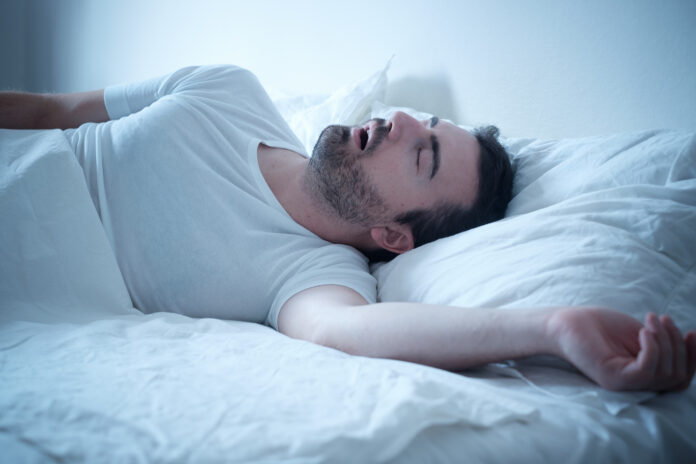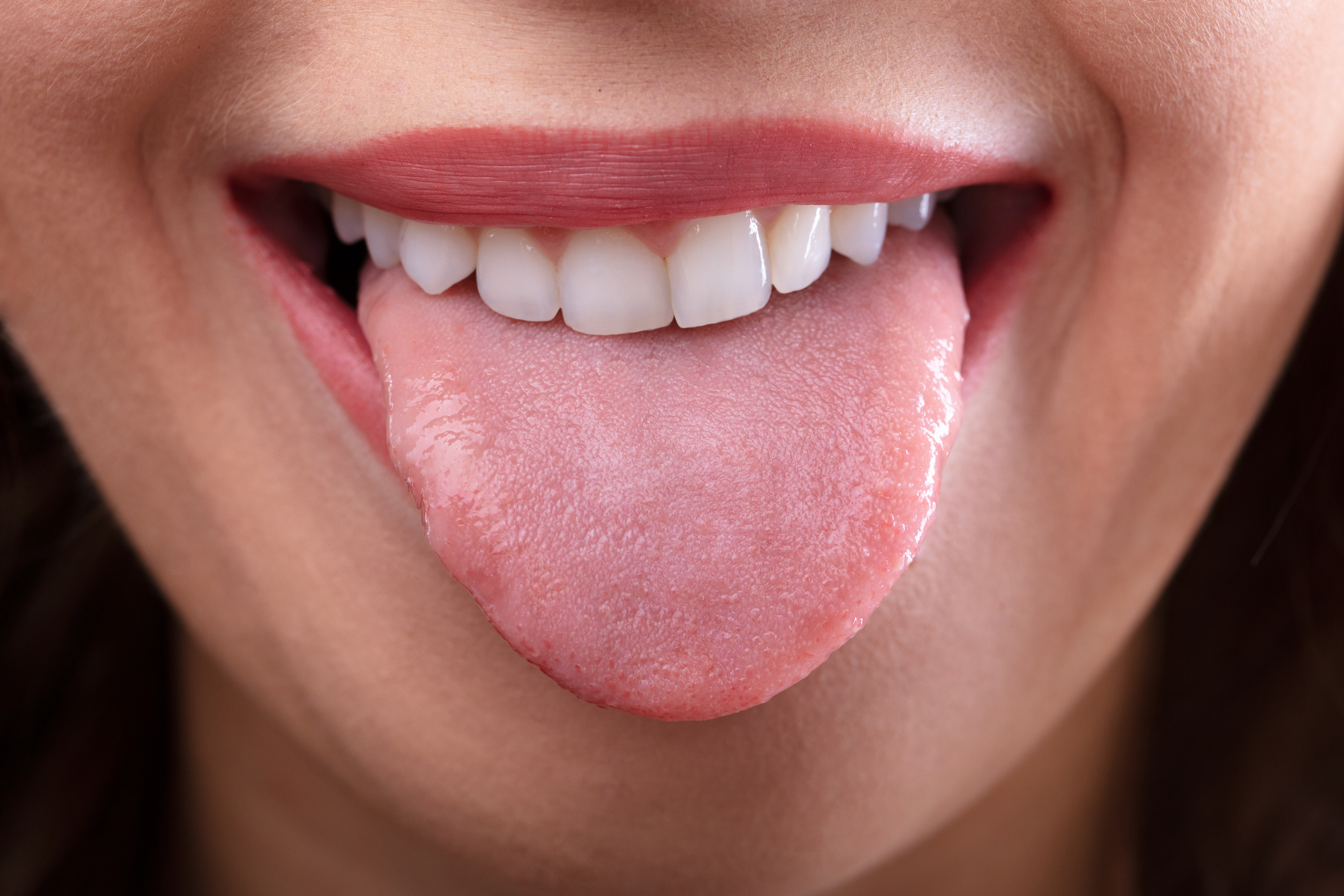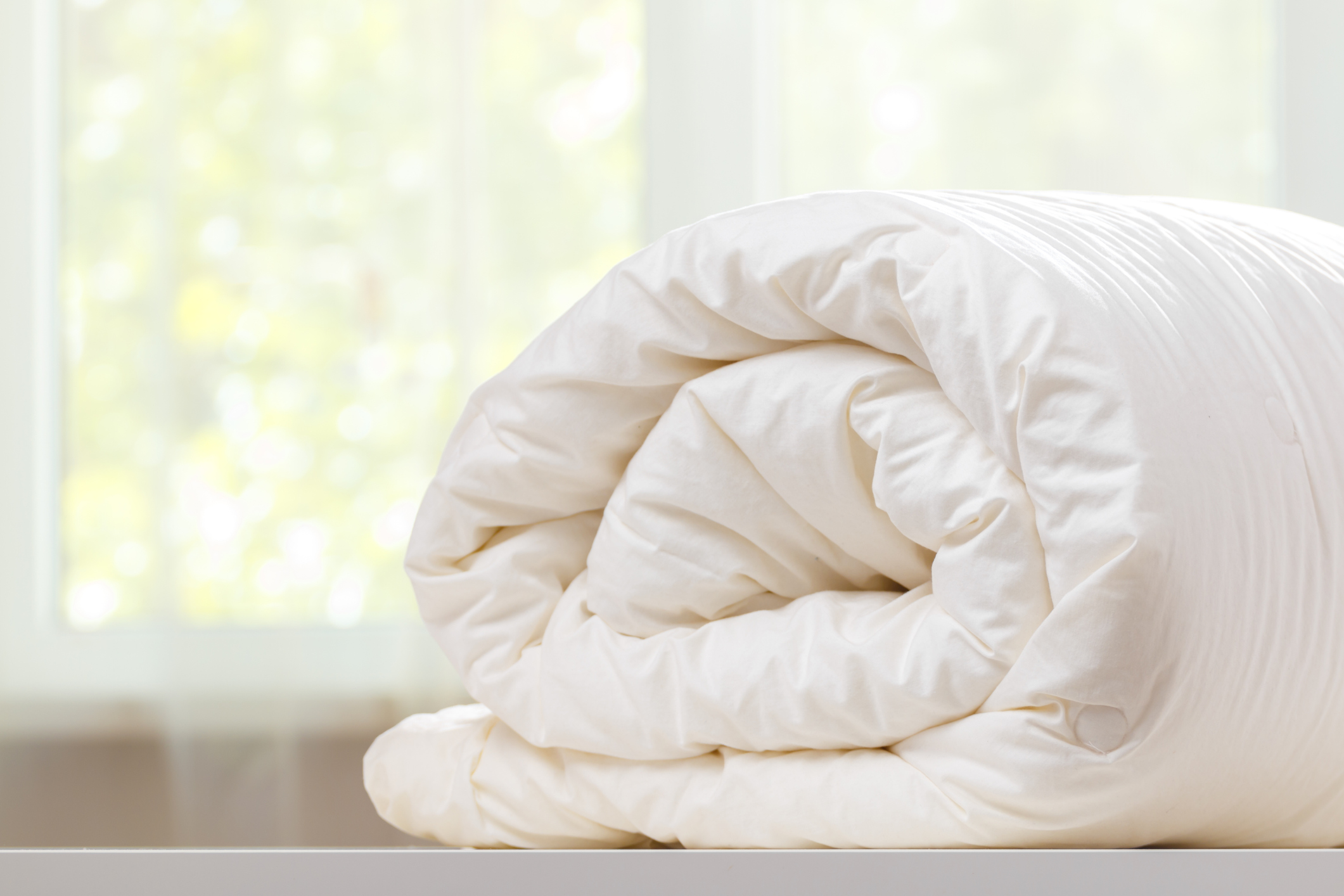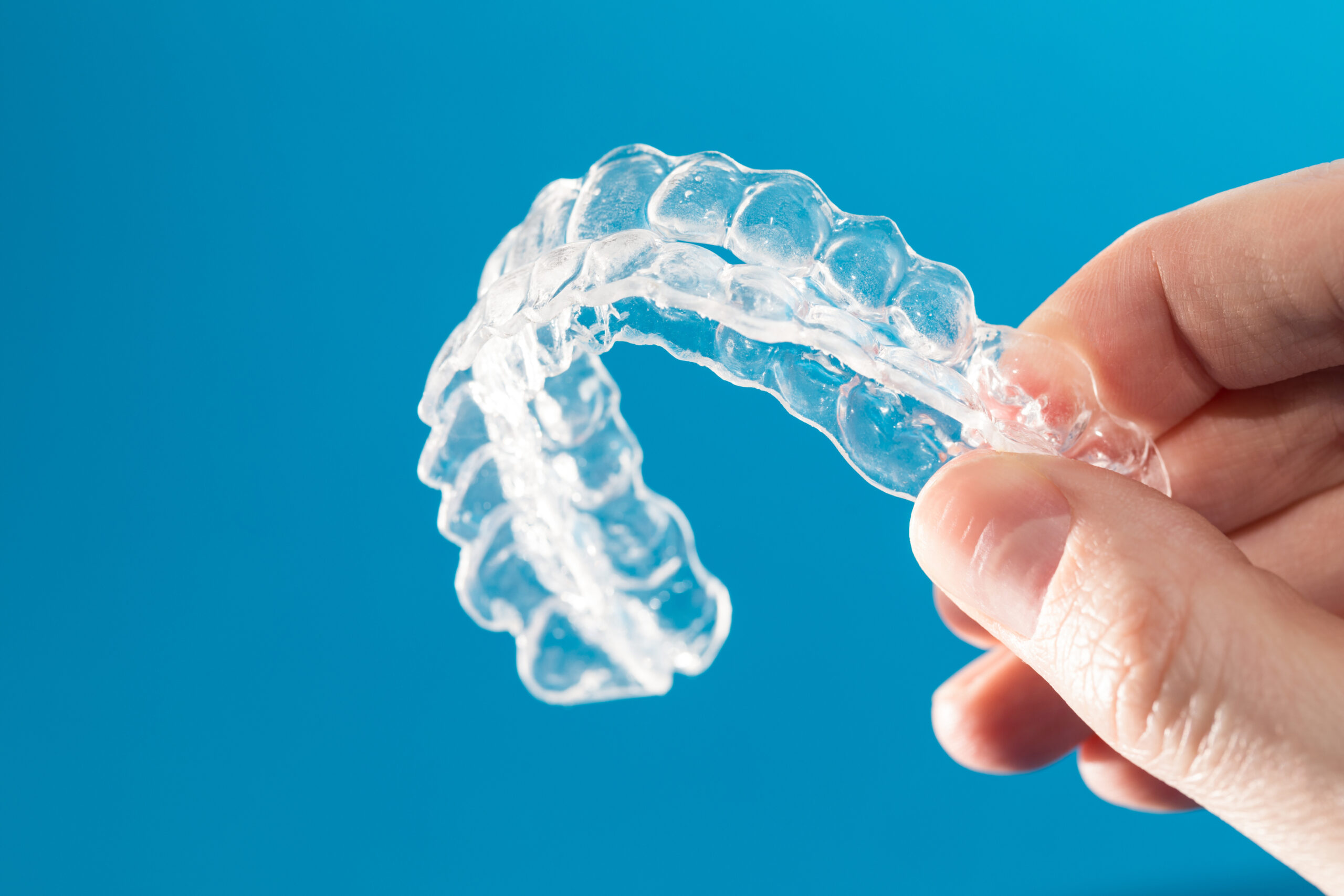Perhaps you’ve seen the ad on TV. A trim, good-looking man of about 40, with a full head of dark hair, tells a group consisting mostly of overweight, graying men that they no longer need their cumbersome CPAP masks and hoses to control their obstructive sleep apnea. While they listen, with their masks on, he—maskless and smiling—says that they can have a device called Inspire implanted in their bodies to get a restful night’s sleep.
An estimated 8 percent of Americans have obstructive sleep apnea, most of them men, and the condition not only makes them exhausted during the day but also predisposes them to serious medical complications that include arrhythmias and hypertension (see box below). Thus, for those who find they cannot tolerate a CPAP machine, Inspire sounds like an attractive option. (CPAP stands for continuous positive airway pressure and is considered the gold standard treatment for obstructive sleep apnea.) Consider the difference between CPAP and Inspire.
With its bulky apparatus, CPAP pushes air into the throat all night long. That keeps the airway open and stops interruptions in breathing that lead to sleep apnea’s many hourly awakenings (which are momentary and often unnoticed but create fatigue throughout the day). Inspire, on the other hand, stimulates a nerve that regulates the movement of a muscle responsible for opening the breathing passageway. No mask, no whooshing sound. Just a little gadget that looks like a television remote, which you turn on at night and off in the morning.
But there’s a lot more to it than the ad suggests. Some things to think about:
- Inspire works, but only up to a point. In the study that led to the device’s approval by the FDA, the number of hourly awakenings that occurred because of sleep apnea’s interruptions in breathing did decline, but not to normal levels. On average, they fell from 29 to nine per hour—a significant improvement. But normal is fewer than five episodes an hour. In contrast, “A CPAP machine takes you down into the normal range,” says Jana Cooke, M.D., a member of our editorial board and a sleep medicine specialist who practices in Washington State at OptumCare, The Everett Clinic.
- The study included only 126 people who had moderate to severe sleep apnea. Anyone with a body mass index (BMI) greater than 32—in the moderately obese range—was excluded, even though the greater the BMI, the greater the risk for obstructive sleep apnea. Also excluded: those with persistent high blood pressure despite medication use, people with certain types of heart failure, individuals with obstructive pulmonary disease, and certain other subgroups. The BMI restriction alone eliminated a lot of people with obstructive sleep apnea. “You’re looking at healthier, thinner men, mostly,” Dr. Cooke says. “I don’t think that’s representative of a lot of people with sleep apnea.”
- Even eliminating from the trial those participants who might have been harder to treat successfully, the quality-of-life scores after device implantation did not quite meet the threshold for normal, despite improving. The participants’ ability to go about their daily tasks without fatigue remained subpar, on average.
- Nine out of the 124 people who made it through follow-up required a mouthguard to take care of tongue soreness or abrasion caused by the device, as Inspire causes the tongue to be pushed out of the mouth throughout the night. One out of seven people ended up not using the device after implantation.
- Other research shows similarly mixed results—improvements in nightly breathing that allowed people to sleep better but often not to the point of normal. The quality-of-life scores remained lower than normal, too, on average.
- Still other research indicates that the surgical success rate for Inspire is 72 percent. In instances where the surgery was successful, the device was used for only five to six hours a night. People shut it off without getting a full night’s sleep.
- A study looking at the FDA’s publicly available reporting system for issues with medical devices found that over a five-year period, some people who had Inspire implanted experienced a pneumothorax (lung collapse), a buildup of fluid around the lungs, or migration of the device’s sensor into the layers of tissue surrounding the lungs. Postoperative infection was disturbingly common, affecting more the 10 percent of the 132 device recipients. Revision surgeries were sometimes necessary, and in other cases the device had to be removed. Since the FDA’s reporting system is voluntary, the researchers suspect “there is a very high risk of underreporting.” They say, further, that “implantation is conducted by surgeons with limited experience and case volume” and that “a number of technical difficulties and complications still exist” and “should be communicated to patients during the surgical consent process.”
- Remember, it’s surgery, with several steps. First, you have to have an endoscopic examination, a procedure performed while you are under anesthesia, so the doctor can see how your airway functions and determine whether you are a good candidate for the device. If you are approved, you next undergo an operation to create the chest wall pocket where the nerve stimulator goes. Inspire is then inserted with electrical connections placed in your neck along with hardware that in certain instances may prevent you from being able to get MRIs (and can set off airport screening equipment). In addition, a study in a sleep lab is typically required after to adjust the device to optimize the breathing mechanics.
For all these reasons, Dr. Cooke says, “If someone is not tolerating their CPAP, I might tell them to try an oral appliance fitted by a dentist who specializes in sleep medicine to reduce their apnea before recommending Inspire. Inspire could help some people,” she says. “It works in some cases. But don’t let the TV ad tell you that everything is going to be okay or that it is a simple fix. It’s a surgery, and it’s still pretty new, and it comes with a lot more risk than may be communicated.” Someone who can’t tolerate their CPAP machine might get reasonably good results with an oral appliance, Dr. Cooke adds, and it’s not an invasive therapy.
- Obstructive sleep apnea is characterized by a slackness in the muscles at the back of the throat that doesn’t allow the airway to open properly during slumber. Portions of the oral and pharyngeal anatomy that connect the nose and mouth to the esophagus collapse at precisely the moment they are supposed to let air through. The result is multiple episodes of interruptions in breathing that cause brief awakenings to kick the body’s airway apparatus back into gear.
- A normal number of episodes is considered to be anything under five an hour. Mild sleep apnea is 5 through 14; moderate sleep apnea, 15 through 29; and severe sleep apnea, 30 and above. That number is called the apnea-hypopnea index, or AHI. Hypopnea refers to a significantly decreased flow of air into the lungs and results in substantially less oxygen being taken up by the blood.
- The waking episodes happen so quickly that they often go unnoticed during the night but can leave someone feeling exhausted throughout the next day, and in some cases so tired that it is not even safe for them to get behind the wheel. These waking episodes can lead to serious medical complications if left untreated—high blood pressure, diabetes, arrhythmias, and other disorders.
- A CPAP machine is the standard of treatment for obstructive sleep apnea. A lightweight hose connects it to a mask that covers the nose and mouth; for those who are not mouth breathers, to a smaller mask that covers just the nose. This allows continuous air pressure to be maintained in the breathing passage, which keeps it open while allowing normal inspiration during sleep. The hose supplying air can also be directed behind the head, avoiding the annoyance of extra tubing in front of the face.
- The FDA says that people are eligible for Inspire if they find the CPAP machine too physically uncomfortable, or if they have difficulty with the idea of attaching themselves to a mask and hose. Inspire—which works similarly to a pacemaker for the heart—stimulates the hypoglossal nerve that travels from the base of the brain down through the neck and to the tongue’s underside. That “paces” muscles in the neck and tongue to prevent them from blocking your breathing passage all night long as you sleep. Specifically, the mechanism activates a muscle of the upper airway that thrusts the tongue forward and out of the way while the breathing passage opens; air enters during sleep as it’s supposed to.





